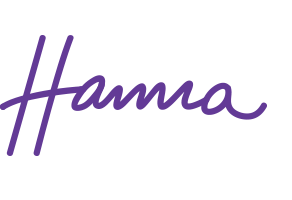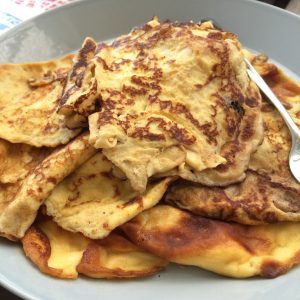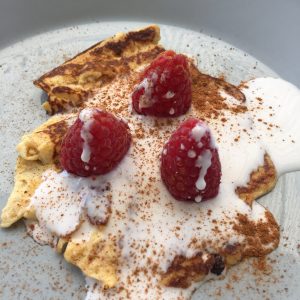LCHF Pancake Recipe
Do you remember when you were little and your mom would make you these amazing, perfectly fried pancakes?
Well, I do. And I’ve been missing them a little since I cut out grains from my diet, a good few years ago now.
Throughout the years, I’ve been trying one low carb pancake recipe after the other, but they never quite get to where I would like them.
They’re either too soggy, too thick (I much prefer crepes to american style pancakes!), taste too much like nuts, don’t contain enough fat, or, frankly, are too complicated to make with ingredients that you have to really go on a hunt for.
Call me the Goldilocks of Pancakes if you will, but finding an easy, yummy, healthy, low carb pancake recipe has not been easy. I might as well have gone out for that hunt of those ingredients no human has in their pantry ever.
I’ve recently given up a bit on searching for The Pancake Recipe. Too much milk products isn’t an option, neither are fake ingredients. Or combinations of ingredients that give them a funky flavor. No, thanks!
Until now.
I’ve quite frankly completely stumbled upon what might just be The Complete Pancake Lovers Awesome Recipe For Low Carb High Fat Pancakes!
I was first alerted to this recipe through a fantastic Facebook group I’m in, and thought it sounded a little weird, to be honest. “Egg and cream cheese, that’s it?! They’ll never keep together and the’ll taste like, well eggs and cream cheese. Perhaps sometime when I have n o t h i n g else at home.” my mind started blabbering.
That day was the other day (although we had tons of other yummy food at home). Turns out, they hold together just fine, almost better than “normal” pancakes. And the taste… I bet you anything no one would realize they’re not “normal” pancakes if I served them these. They taste exactly like I remember pancakes tasting!
This recipe is from the wonderful blog I Breathe I’m Hungry, where you can find the recipe in all its glory and originality.
This is my version:
Real LCHF Pancakes
Makes: Four pancakes/crepes
You’ll need
- 2 oz (60 grams) cream cheese (I used Philadelphia)
- 2 eggs
- 1 teaspoon xylitol (or sweetener of your choice) (this can also be completely skipped, they’ll still be awesome)
- 1/2 teaspoon cinnamon (because who doesn’t love cinnamon?!)
Do this
- Put all ingredients in a blender. Blend until smooth
- Let rest for 2 minutes
- Pour some batter into a hot pan with some melted butter. Cook for 2 minutes until golden, flip and cook 1 minute on the other side.
- Serve with some fresh berries, cinnamon, sweetener if you want, lemon, almond butter, butter, bacon… The world’s your oyster and the sky’s the limit!
Approx nutrition info per batch:
344 calories
29g fat
2.5g net carbs
17g protein
Enjoy these amazing pancakes!
Hope they can become a staple in your food routine, it’s always nice with new inspiration.
Do you have a favorite pancake recipe you want to share with me? Comment below!




